How and when to harvest snap peas for young, tender, and sweet pods
Discover why it's a good idea to harvest snap peas early and often
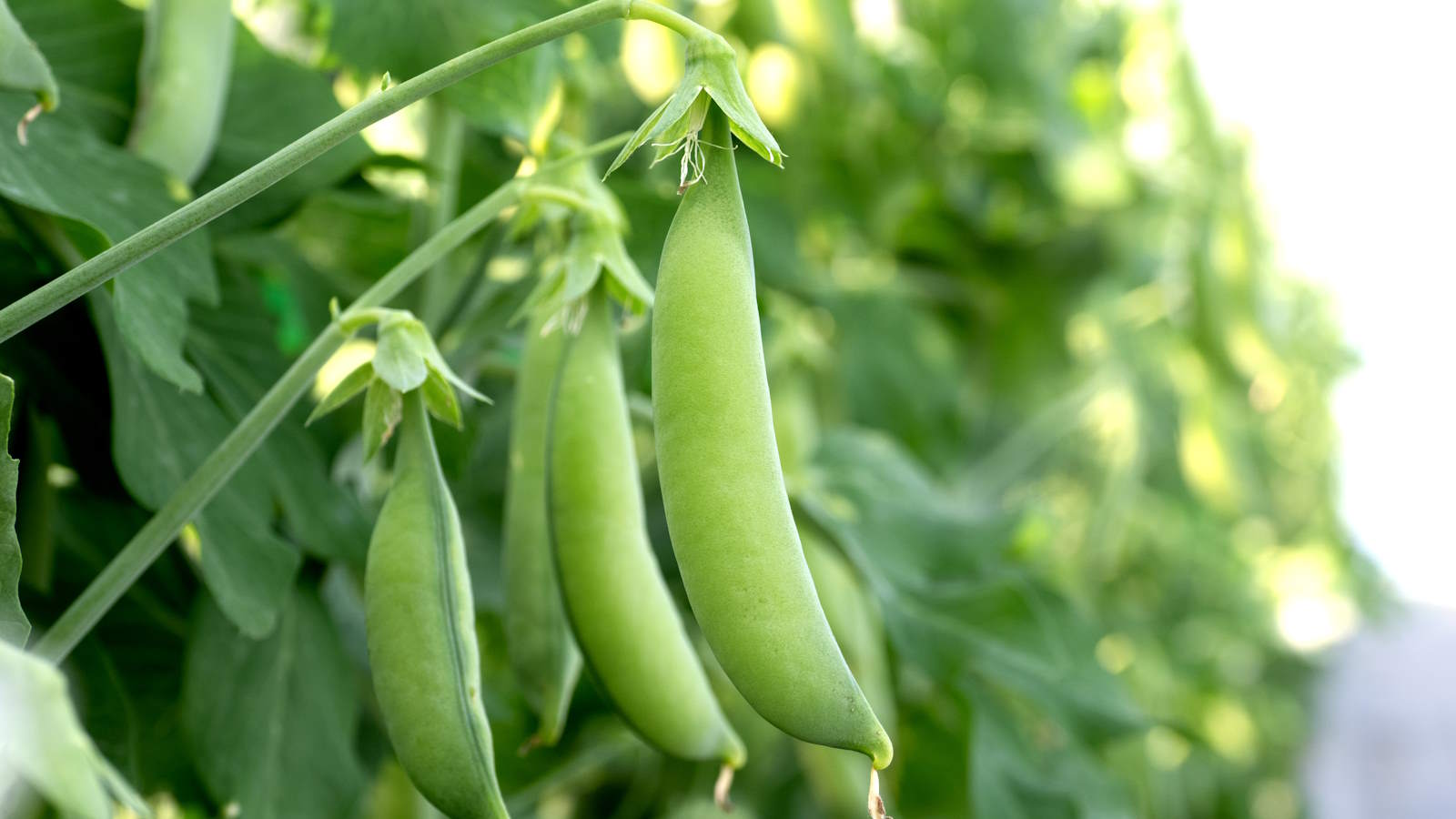

Snap peas are crunchy and sweet when harvested at the peak of their ripeness. As they grow and ripen fast, you need to be quick on your feet to pick them before they start to turn tough and lose some of that sought-after sweetness.
Growing snap peas is simple and you can get a fantastic harvest by giving them sun to bask in and keeping plants well-watered as the temperatures rise in summer.
We want to help you know how and when to harvest snap peas so you get the best yield of delicious pods and avoid wastage. That includes understanding the signs that snap peas are ready to be picked, and how to harvest them correctly to get the best pods without doing any damage to plants.
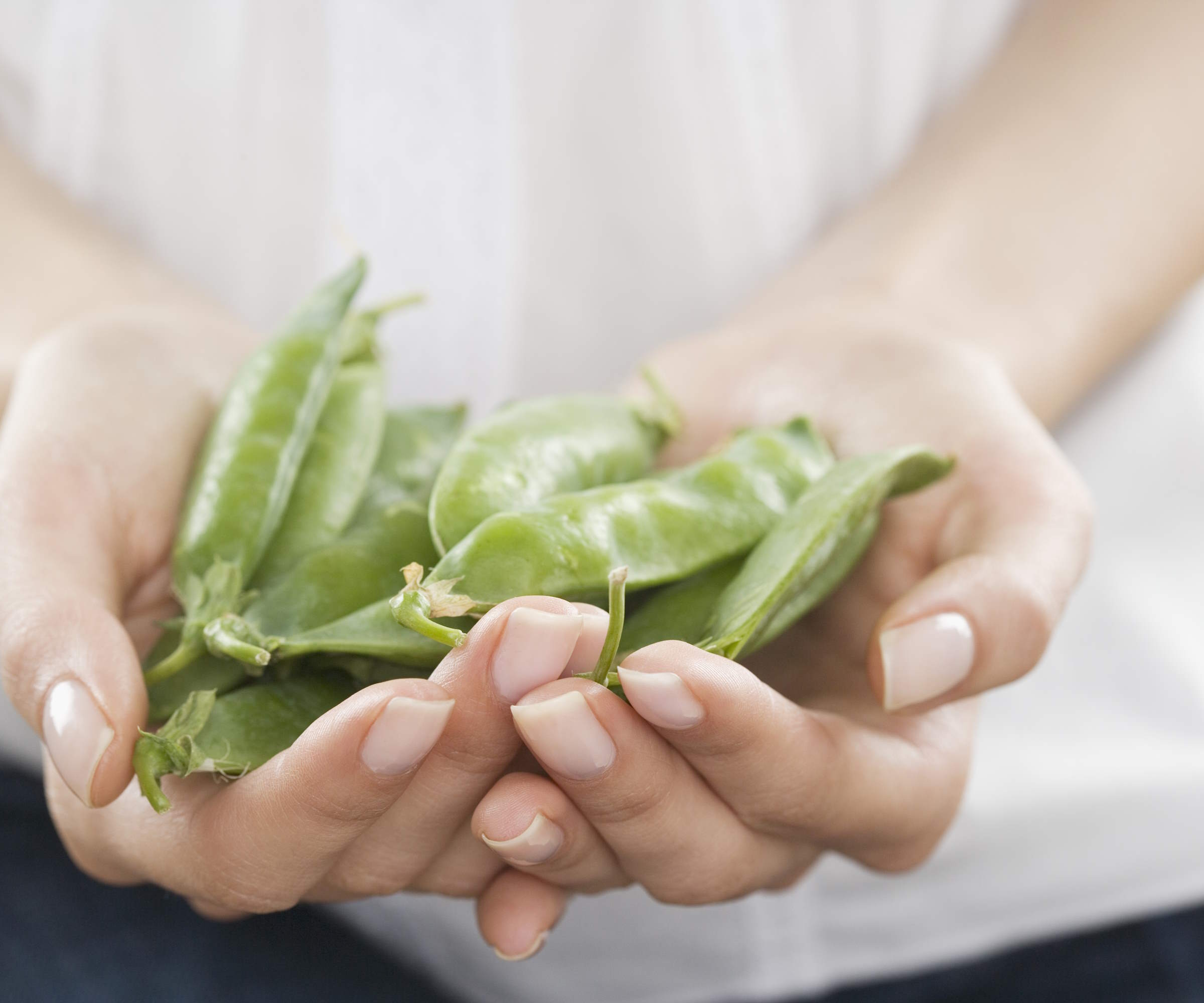
Harvest snap peas every few days to get them at their prime
Quick tips for a great snap pea harvest
Snap peas will thrive growing in a warm, sunny spot with rich, free-draining soil. A fertile soil enriched with organic matter will provide the nutrients required to develop a great crop of sweet pods to harvest.
The plants grow vertically and training snap peas up a vegetable garden trellis will keep pods away from sitting on wet soil and out of reach of pests who may want to nibble them. It ensures fewer pods rot or are tainted and end up thrown onto the compost pile.
When to harvest sugar snap peas
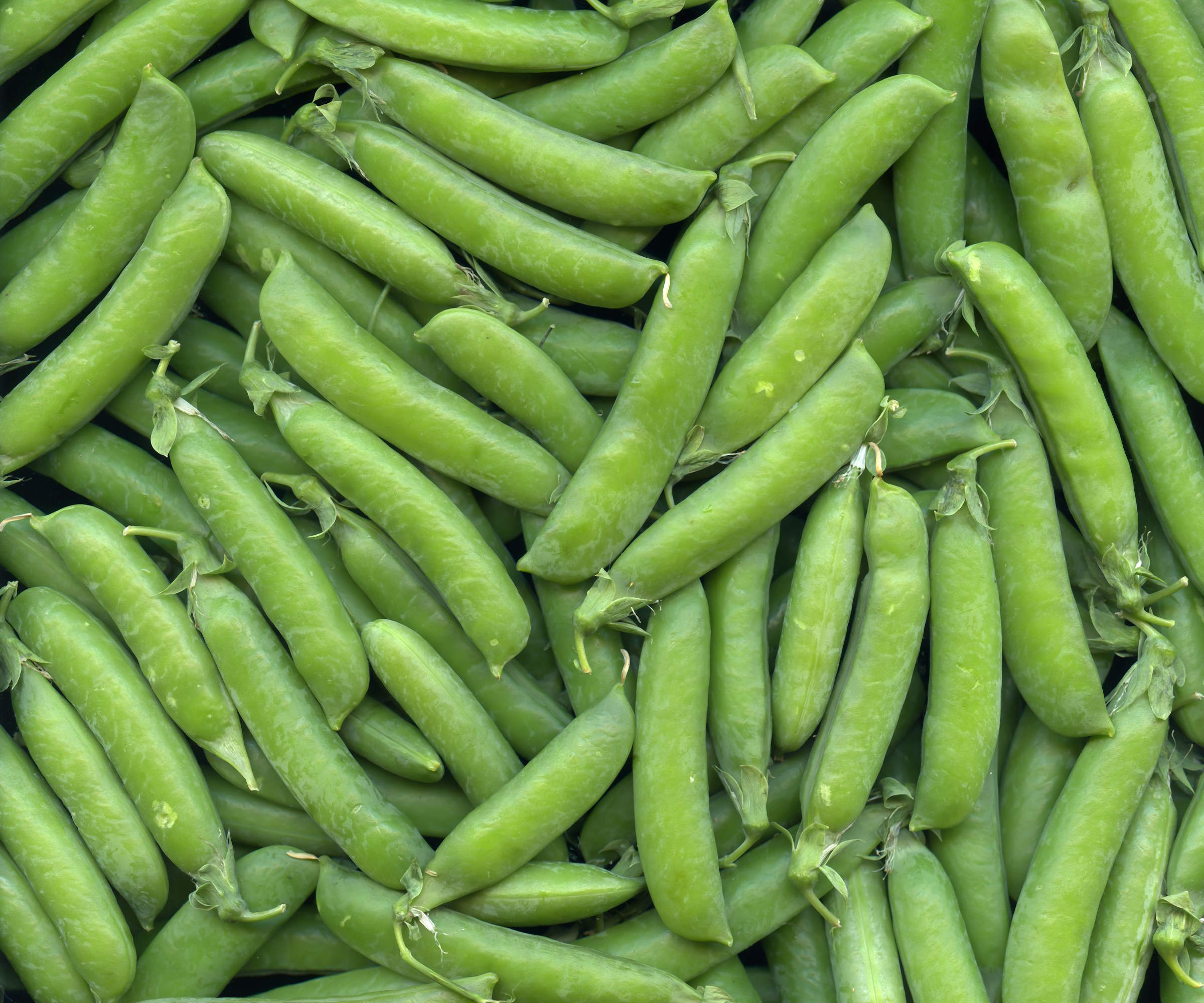
Snap peas want to be harvested before they get too tough
Snap peas are fast-growing vegetables. Seeds can be sown directly outdoors once the risk of frosts has ended, or sown indoors from February onwards for earlier crops.
The crops can take just 50-70 days to mature, depending on the variety and when they were sown - for example, earlier-sown snap peas started indoors will take longer to mature due to lower light and heat levels in their early stages. The season to harvest snap peas tends to start from June onwards.
Design expertise in your inbox – from inspiring decorating ideas and beautiful celebrity homes to practical gardening advice and shopping round-ups.
The sign that snap peas are ready to harvest is when the pods are green, plump, and easily snapped in half. The color will depend on the variety, as you can grow purple types of snap peas that will be purple in color rather than the usual green. The pods want to be around three inches long and, when snapped in two, should have thick walls and small peas inside.
Young and tender pods will be sweet and crisp and you want to harvest snap peas before they get too old and tough. Charmaine Peters, the farm director at Arden, recommends: ‘Pick them at least every other day to make sure they are sweet and free of excess fibers. Be sure to remove any overgrown pods to keep your plants blooming.’
Regular harvesting throughout the growing season will encourage the plant to produce more pods and give you a bigger yield of peas.

Charmaine Peters is the Farm Director at Arden, an Agrihood community in South Florida. She is an experienced farmer and a passionate advocate for health, nutrition, and supporting local communities with organic food.
How to harvest snap peas
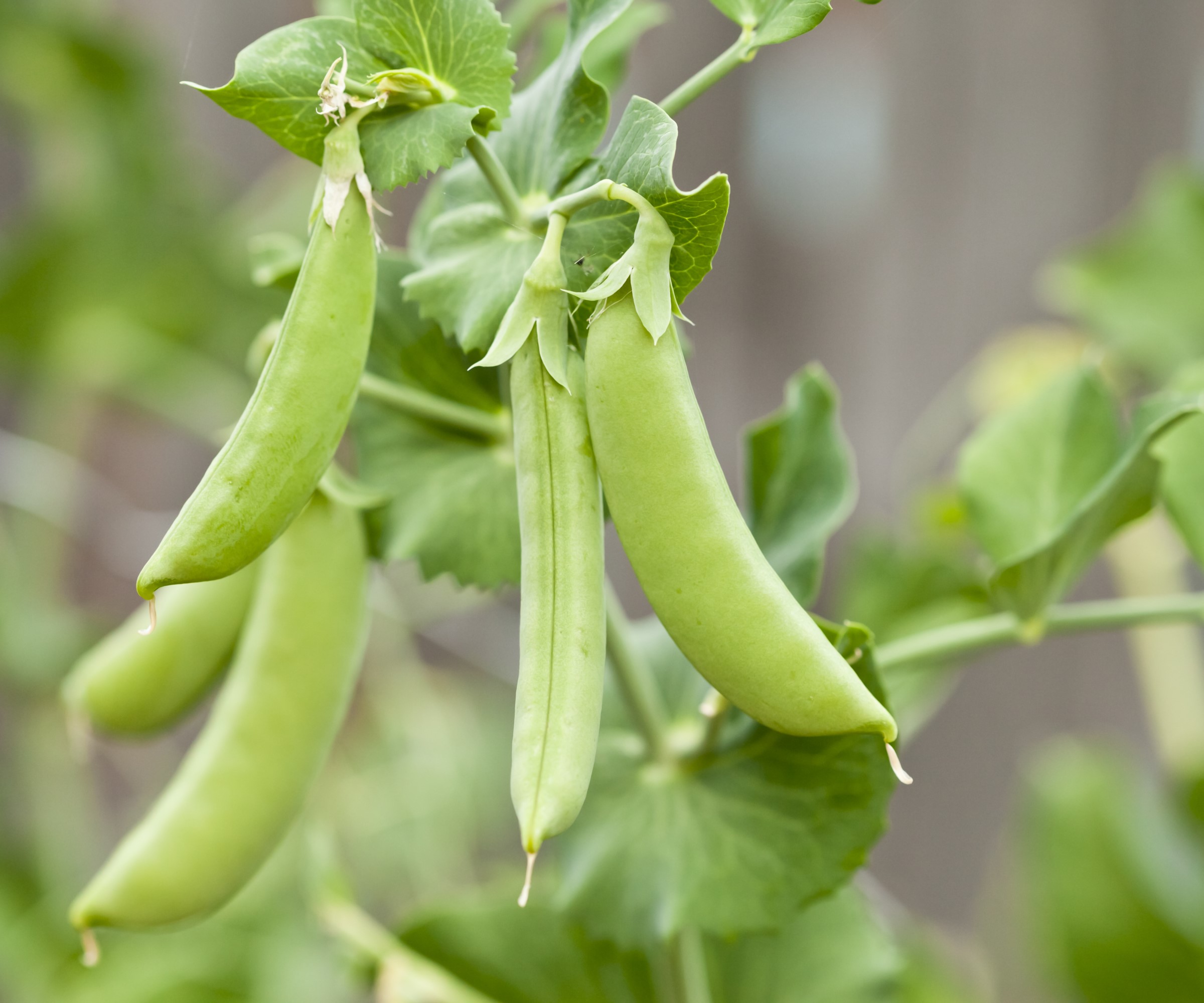
Take care harvesting snap peas to avoid damaging the pods or the plant
There is an ideal time to harvest snap peas that can make a difference in the quality and flavor of the crop. Diane Kuthy, the founder of How To Grow Everything, advises: ‘Snap peas are best harvested early and often.
‘You'll want to harvest snap peas early in the morning, before the hottest part of the day. Pick them as soon as they look plump but are still young and tender. If you wait too long, you'll end up with a tough pod that has lost some sweetness.’
If you can get out into the vegetable garden early to harvest snap peas you will reap the rewards, those picked early will be tastier than pods harvested later in the day.
When you harvest, start at the base of the plant and work upwards. Pods at the bottom of the plant will ripen first and it pays to carefully search on the plant to harvest these lower pods before they start to go tough and lose some of their flavor.
Take care when harvesting snap peas to avoid damaging the plant. Rebecca Sears from Ferry-Morse warns: ‘Be careful not to jerk pods from vines, as rough handling can cause your plants to stop producing.
‘It’s best to snip clusters of pods from the vines with a pair of snipping scissors.’
Rough handling and pulling at pods would be a vegetable harvesting mistake that can damage plants or even rip them completely out of the ground. Always use clean and sharp pruning shears or snipping scissors to harvest and carefully cut the pod from the vine.
‘To ensure maximum freshness after harvesting, refrigerate your snap peas in a plastic bag for up to two weeks,’ says Charmaine Peters.
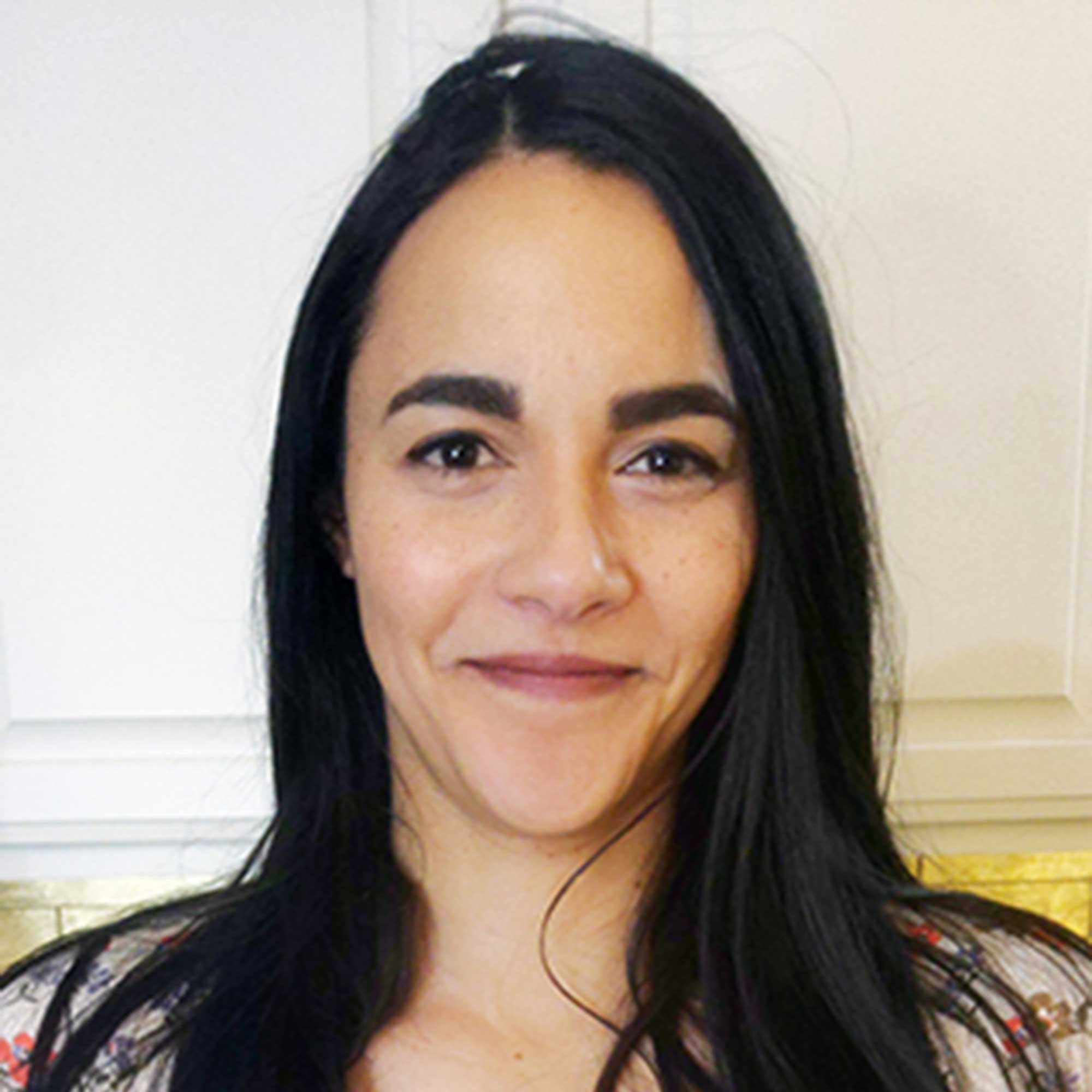
Diane Kuthy is the founder and lead plant expert at How To Grow Everything, a collection of comprehensive grow guides for every plant and vegetable. Diane has over 10 years of gardening experience and she currently manages a five-acre farm, with a four-season greenhouse and over 50 perennial fruit and vegetable varieties.
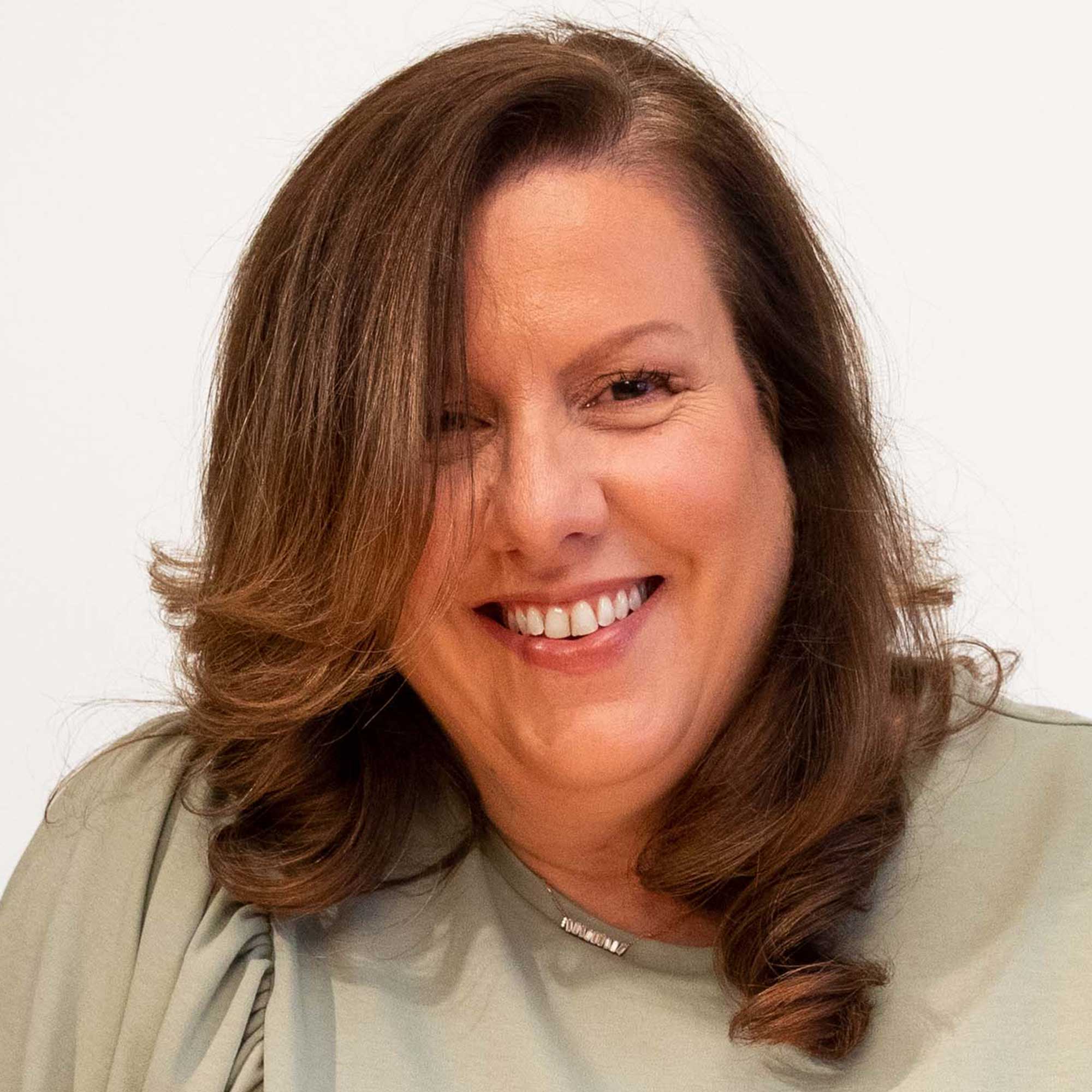
As CMO and resident green thumb for the Green Garden family of brands, Rebecca Sears nurtures the company's heritage but also looks to develop new products and solutions to help gardeners of all skill levels fuel their passion and become more successful in the garden. Rebecca has been gardening from coast to coast, first realizing her passion while living in Portland, Oregon, inspired by the public gardens throughout the city.
FAQs
How many snap peas do you get from one plant?
Snap peas can be a prolific vegetable to plant in any kitchen garden. One plant can produce 4-6 ounces of snap peas per week, depending on the variety and other external factors including time of year, weather, and how regularly they are picked.
Now you know when and how to harvest snap peas at the peak of their ripeness, few pods should be wasted. If you want to boost your yield, peas make great crops for succession planting. By sowing seeds every two or three weeks you can prolong the harvesting season and enjoy picking fresh and sweet pods for longer.

Drew’s passion for gardening started with growing vegetables and salad in raised beds in a small urban terrace garden. He has worked as a professional gardener in historic gardens and specialises in growing vegetables, fruit, herbs, and cut flowers as a kitchen gardener. That passion for growing extends to being an allotmenteer, garden blogger, and producing how-to gardening guides for websites. Drew was shortlisted for the New Talent of the Year award at the 2023 Garden Media Guild Awards.
